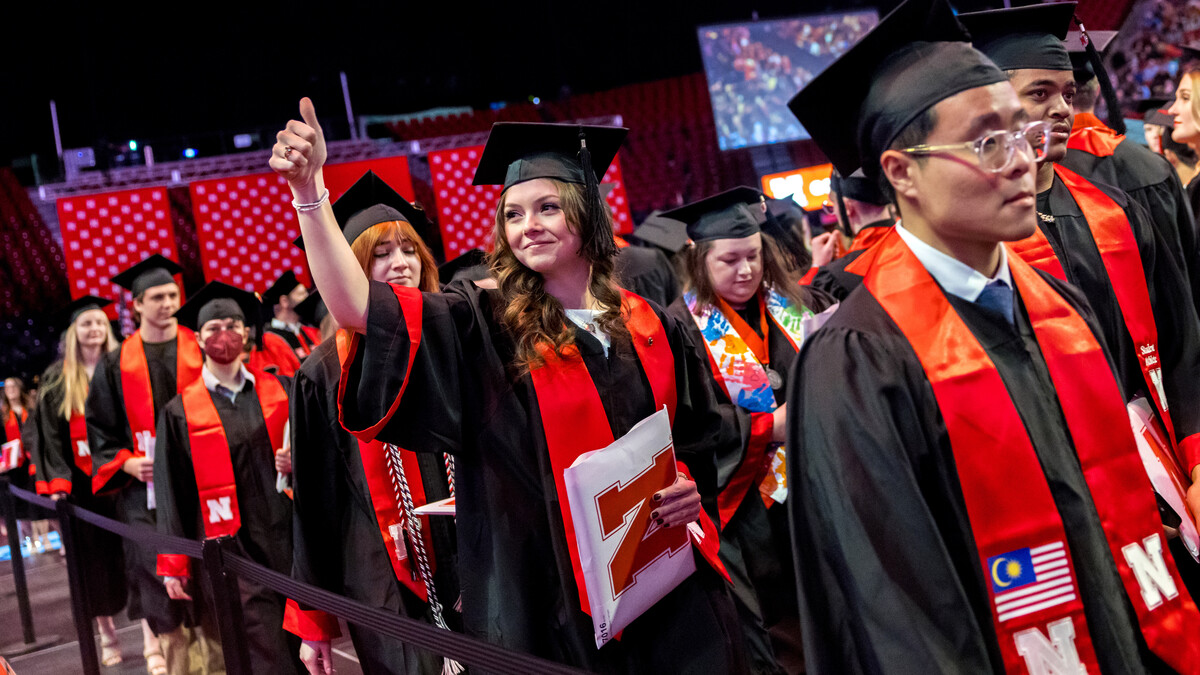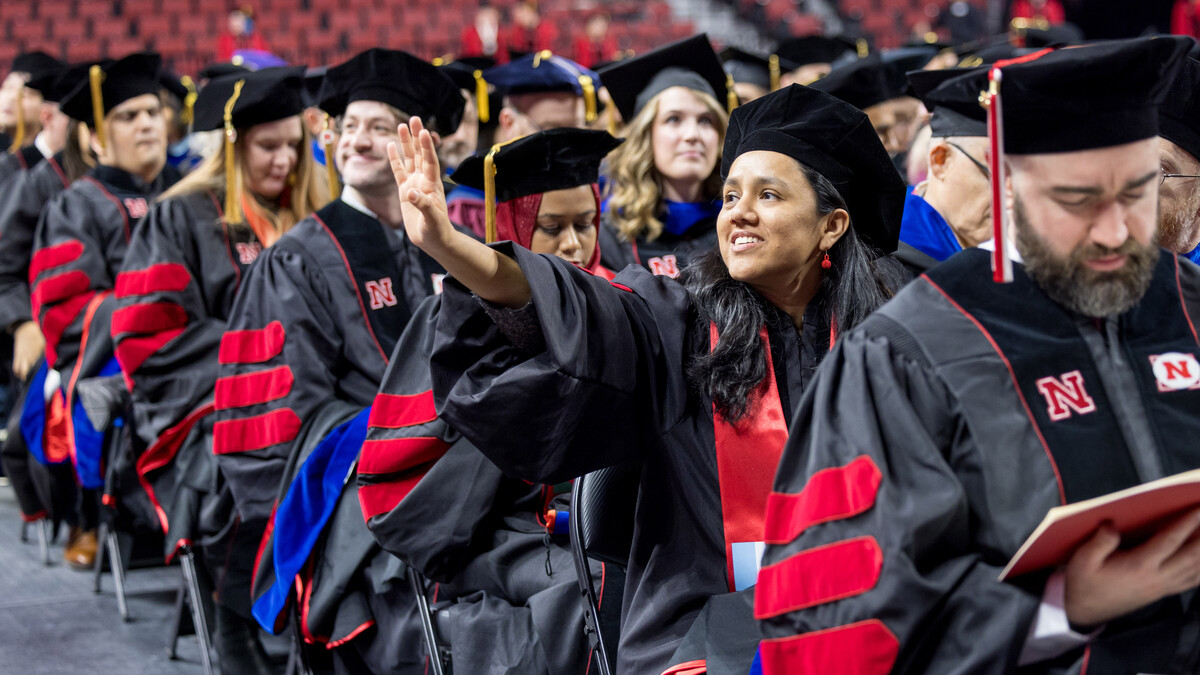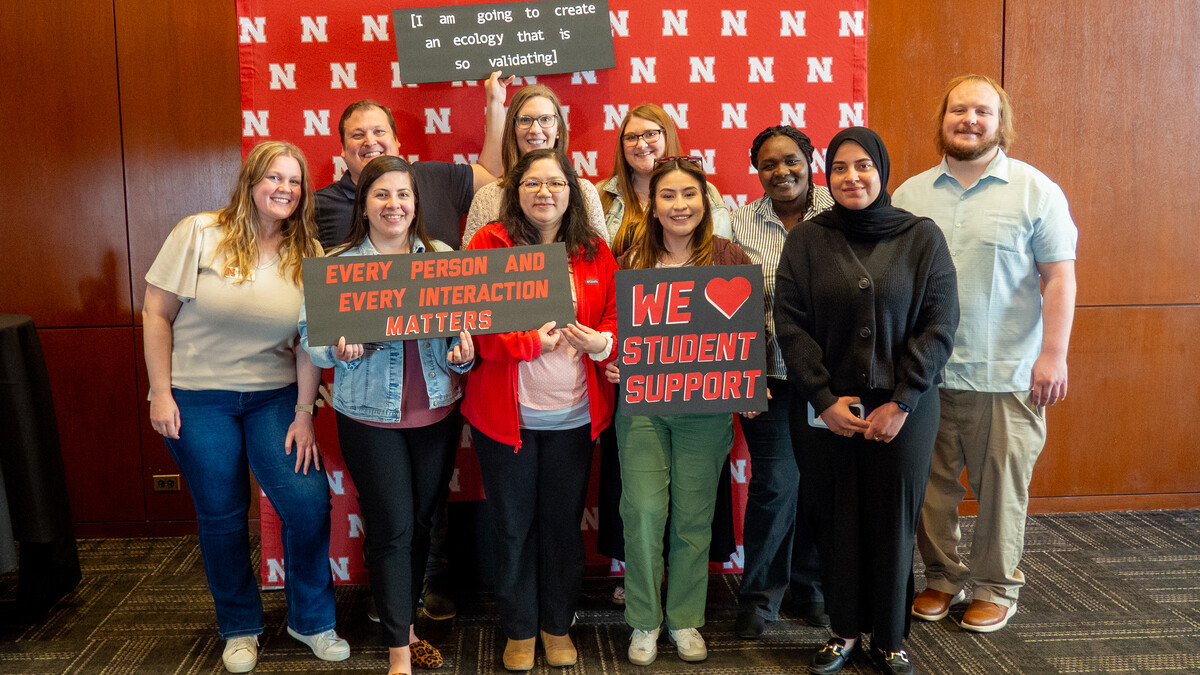
Deep in a Bornean rain forest, a University of Nebraska-Lincoln biologist and colleagues have made new discoveries about the symbiotic relationships between a prolific family of tropical trees and the underground fungi that help them acquire critical nutrients.
Part of a long-term study of the distribution of tree species in southeast Asian rain forests, the research by Associate Professor Sabrina E. Russo in the School of Biological Sciences details one of the first experiments testing if species in the dipterocarp family of trees have formed specialized relationships with species of ectomycorrhizal fungi.
Russo worked closely with Kabir G. Peay, a Stanford University fungal biologist, to conduct the experiment in Lambir Hills National Park in northern Borneo. Their findings cast doubt on the long-held idea that the mutualistic relationships that dipterocarp trees form with ectomycorrhizal fungi on their roots are species-specific.
Root mutualisms with ectomycorrhizal fungi are thought to be a key reason why tree species in the dipterocarp family dominate the rain forests of Southeast Asia. The fungi break down organic forms of nutrients, such as phosphorus and nitrogen, into simpler forms that are directly supplied to the trees, which can reduce nutrient limitation. The trees, in turn, supply the fungi with carbohydrates from photosynthesis.
This close exchange of resources has long been considered to require species-specific pairing between the plant host and fungal partner species. Some experts hypothesized that the trees “followed” the fungi, proliferating in a given habitat because of a specialized relationship with fungi found there.
Russo and Peay found that though both dipterocarp tree and fungal species have specialized habitats based on soil type, they are not specialized to one another. They discovered that the tree species can form symbioses with fungal species not found on soil types where the trees normally grow. Likewise, the fungi species can form symbioses with a variety of tree species from different soil habitats.
Russo said the study, published in Ecology Letters, benefited from new genomic sequencing and bioinformatic technologies to identify micro-organisms with greater specificity than previously possible.
The study offers hints of the potential to harness beneficial microbes like mycorrhizal fungi for agricultural uses. For instance, crop productivity could be enhanced through association with beneficial soil microorganisms.
The dipterocarp family contains about 500 species of hardwood trees that grow in Borneo, peninsular Malaysia, south Thailand and Sumatra. They dominate the Lambir Hills National Park forest in Sarawak, Malaysia, where Russo and her colleagues conducted their experiment. Some trees grow to 260 feet, making them a good source of timber, but these highly biodiverse forests are threatened by heavy logging.
“A lot of my research is dedicated to understanding how these tree species form very particular soil-habitat distribution patterns,” she said. “My collaborator is interested in answering the same question, but for the fungi. Together, we were able to examine the effect of one possible ecological process that could generate such soil specialization, namely how this critically important mutualism affects the respective distributions of fungi and trees.”
In the experiment, Russo planted seeds from 13 dipterocarp tree species into 24 experimental forest plots, half in clay and half in sandy loam, two common soils in the Lambir Hills forest. Five of the tree species are typically found on clay soil, six typically are found on sandy loam, and two are generalists found in both soil types.
After the seedlings had grown for 2 1/2 years, Russo and Peay identified and quantified the abundant species of fungi that had colonized the roots. They found seedlings were colonized with an average of about six fungal species, but they found no correlation between the trees’ soil specialization and the species of fungus that colonized them, no matter which soil type the tree was planted in.
“Results from our reciprocal transplant suggest that partner specialization contributes little to the structure of ectomycorrhizal fungal communities on dipterocarp seedlings in this rain forest,” the scientists wrote in their findings.
Even if it doesn’t explain the distribution of tree species according to soil type, the evolution of mutualism between trees and fungi is a hugely important innovation that very likely has led to the dominance of the dipterocarp tree family in southeast Asian tropical forests, the scientists said.
“If our results hold for other systems, then it may be necessary to re-evaluate our understanding of how ectomycorrhizal root mutualisms shape the realized niches of both plants and fungi in the absence of strong host specificity,” they concluded.







